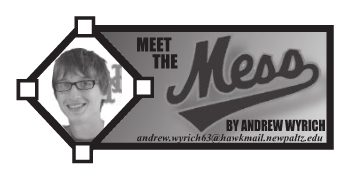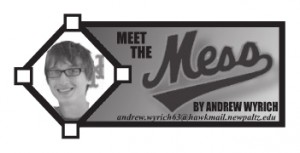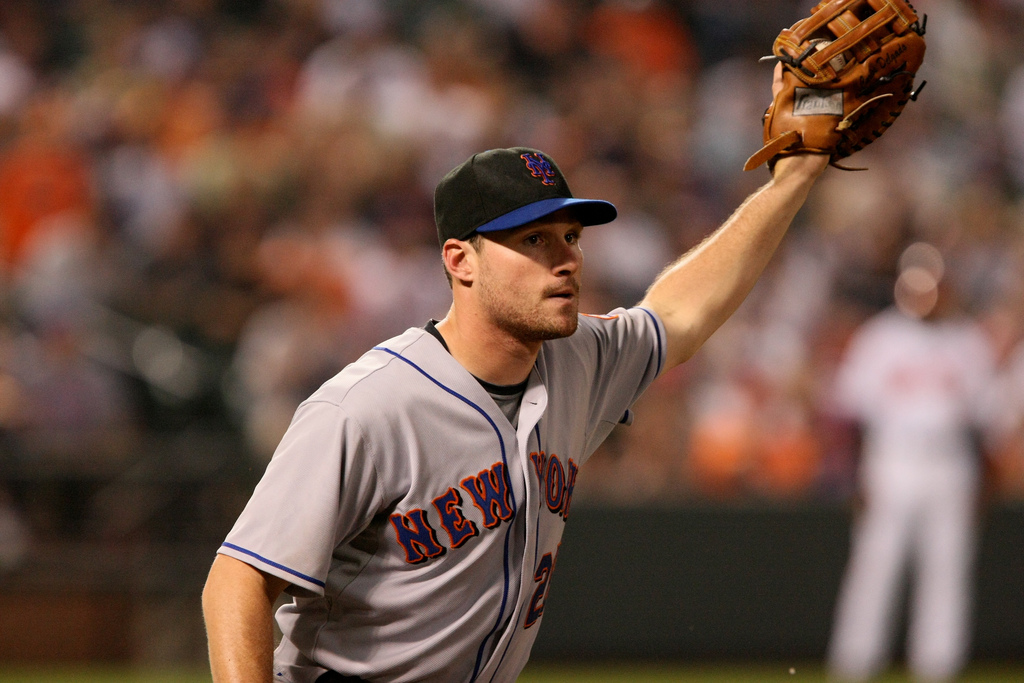

As spring training is now less than a month away, the focus of fans and media attention will slowly begin to narrow toward team status matters rather than the Hot Stove. With an eye glued to the season, one intriguing question the Mets will have to answer is the configuration of their lineup come Opening Day — and more specifically, where should Daniel Murphy bat in the lineup?
The Mets offense, which — if almost every conceivable thing goes right — could become an average-to-above average asset, will have to be run on a delicate balance. With the loss of Carlos Beltran and Jose Reyes from last year’s lineup, the Mets will be searching for any kind of offensive output, leaving Murphy and his .397 OBP last year as one of the Mets most important factors for the team to have any semblance of a strong season.
Murphy has hit in multiple positions of the batting order over the course of his Mets career. The question remains, however, where he should bat heading into the 2012 season.
While some fans have toyed with the idea of ‘Murph’ starting off the game as a leadoff hitter — which would maximize his on base skills — it does not seem likely the Mets or Terry Collins will want one of their all-around better hitters at the top of the lineup rather than in the heart of it. If Andres Torres will indeed be the lineup’s leadoff hitter, Murphy will likely be slotted into three possible positions.
Murphy could potentially hit second in the order, third in the order or possibly lower towards the sixth or seventh spot.
As the team’s No. 2 hitter, Murphy’s ability to hit doubles and singles to move a leadoff hitter over would be ideal. Before his season ended on a double play attempt last year, Murph had nine doubles and was boasting 41 hits over his 49 games played. While the second hitter is usually relied on to move a runner over regardless of the cost, Murphy’s ability to drive the ball eliminates double-play possibilities for the other team. On an ideal squad, Murphy would be a strong option to hit second.
However, the Mets will need to maximize their best hitters if they intend to be competitive. While Murphy presents a strong case as a second-in-the-order threat, his ability to get on base and drive in runners might be best suited for hitting third, given the Mets current offensive weapons.
Think about it. By having Murphy hit third and moving David Wright from that spot, where his average dropped drastically compared to hitting in the fourth spot, would allow Ike Davis to hit fifth and Lucas Duda or Jason Bay hit sixth and seventh. This stretches the lineup out, instead of having the top of the lineup vastly out produce the bottom half.
Would Murphy be able to produce in the No. 3 spot? It would depend on Torres and Thole/Tejada to be viable top-of-the-order talent. Tejada in particular has shown flashes of being something more than just an above-average defender. Last season Tejada had a .360 OBP over the 93 games he played in, and if that continues he could easily be a No.2 hitter.
Torres has risen many question marks since his arrival in orange and blue, not for his character or drive, but simply if he has what it takes to be a leadoff hitter — especially for a team that has been accustomed to Jose Reyes taking swings over the last nine years. As of now, Torres could go either way. Last season, Torres did not have an inspiring average (.221) or on base percentage (.312) but in 2010 the outfielder had a relatively strong showing with a .268 average and .343 on base percentage.
Torres and Tejada will influence how Murph is able to produce as a middle of the order hitter. If that combination is successful, Murphy should slide down into the No.3 slot and allow the rest of the lineup to stagger down and fill out.
That being said, Murphy is much more likely to be hitting second come Opening Day, despite pressure on Duda and Bay to contribute to the offense.

